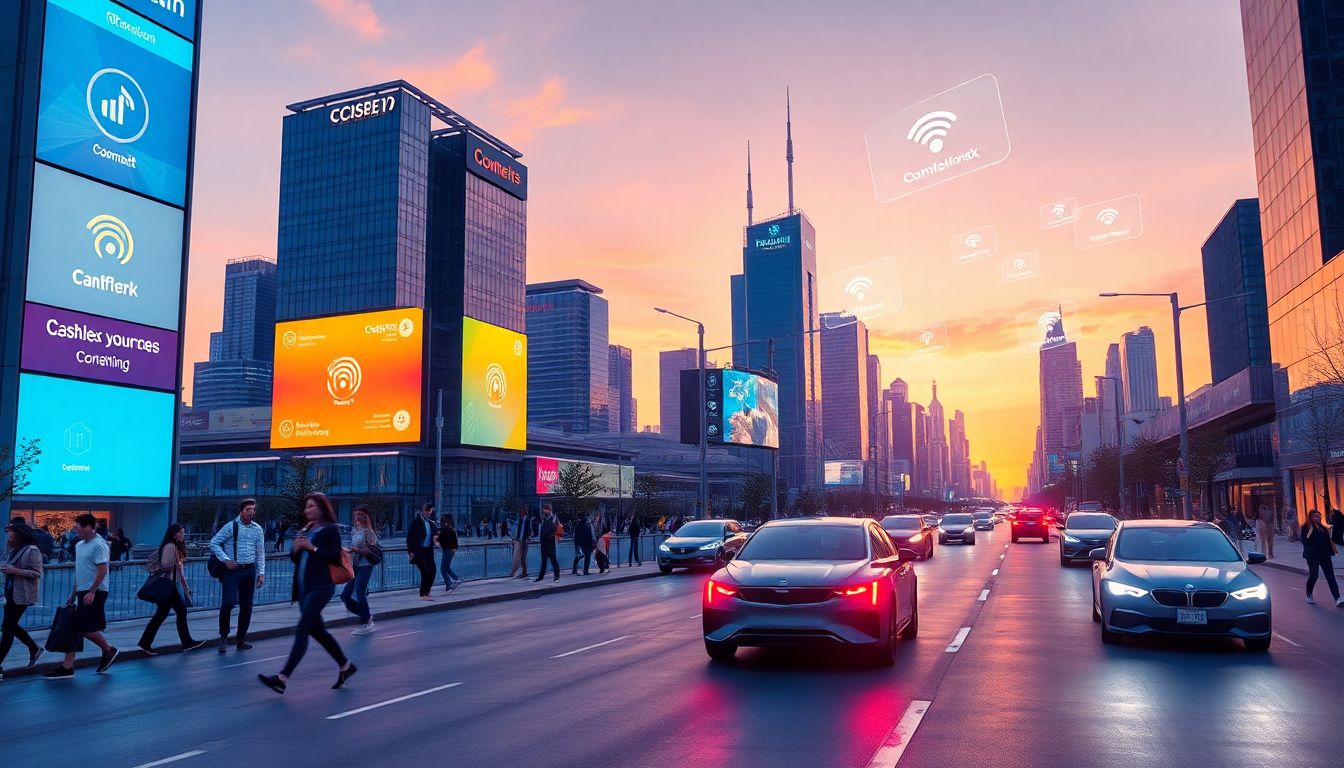Embracing the Future: The Definitive Guide to a Cashless Economy

Introduction
Picture this: you never have to carry cash again. Getting a cup of coffee, paying a bill, or taking public transport all become a tap or a click away. That's the concept of a cashless economy—increasing numbers of countries and citizens are abandoning paper money for digital payment.
Definition of Cashless Economy?
A cashless economy is an economy where the majority of transactions are done digitally rather than in cash. Money is not physically transferred; but payments are conducted online, mobile applications, or contactless cards. It isn't the same as a cashless society, which would imply no cash at all—only digital payment of cash. For the time being, most economies are only moving towards cashless methods
Historical Context and Evolution
Money has always changed. Individuals began with barter, exchanging goods directly. Coins and paper currency followed. The last few decades have witnessed the advent of electronic banking, credit cards, and now, mobile wallets. The early 20th century had the first digital payments, but now we have an explosion of alternatives such as Apple Pay, Google Pay, and even digital currencies. Every step increases speeds and makes transactions simpler.
Current Global Trends
Most nations are spearheading this shift. Sweden, for instance, is nearly cashless, with most stores not accepting cash. China's WeChat Pay and Alipay control day-to-day payments, changing the economy. India's digital payment platforms are increasing rapidly, with millions adopting cashless options. Globally, studies reveal more than 60% of transactions have gone electronic, with digital payments exploding across the globe.
How a Cashless Economy Works
Digital Payment Platforms and Technologies
Mobile banking apps and wallets are the pillars of a cashless economy. They allow you to pay by phone or card without ever having to go to a bank. Technologies such as Near Field Communication (NFC), QR codes, and blockchain are streamlining these payments and making them more secure. For instance, an easy phone scan can pay a bill instantaneously.
Infrastructure and Security Measures
In order to make digital payments secure, there needs to be high-quality infrastructure. There is a lot of investment in encryption and security protocols by banks and technology companies. This guards your money and data against hackers. Trusting systems are critical, and hence people are okay with using digital over cash.
Key Stakeholders
Governments establish regulations to oversee digital payments. Banks and technology firms develop and maintain the platforms. Consumers utilize these instruments on a daily basis. There is a role for everyone. If all these stakeholders work together, a cashless economy functions efficiently and securely.
Advantages of a Cashless Economy
Greater Convenience and Speed
Standing in line to take out cash? That's ancient history. Electronic payments allow you to purchase groceries or services within seconds. And 24/7 availability of your accounts means you can manage money at any time.
Improved Transparency and Lower Crime
Each electronic transaction creates a trace. That allows governments to trace tax easier and combat corruption. It also limits opportunities for money laundering or robbery, so the economy is more secure.
Cost Savings and Economic Efficiency
Dealing in cash is expensive—printing, moving around, and security. Being cashless eliminates all those expenses. It also makes it possible to include more people who aren't banked, creating a more comprehensive financial system.
Environmental Impact
Coins and paper money consume resources and produce garbage. Electronic money saves this usage, being kinder to the planet. And digital accounts are greener than paper receipts or piles of coins.
Problems and Hazards of Switching to a Cashless Economy
Digital Divide and Accessibility
Not everyone owns a smartphone or internet. Older people, rural areas, and certain low-income communities might find it hard to get completely digital. Options such as easier apps or local programs can assist with this.
Privacy Issues and Data Protection
More online transactions equal more data. That creates concerns regarding privacy and monitoring. In an effort to keep users safe, tough regulations and encryption are required, but hacking risks persist.
Technical Problems and System Crashes
System failures, cyber-attacks, or outages freeze payments. Companies and governments need to plan for these contingencies to prevent pandemonium and enable transactions to go on smoothly.
Regulatory and Legal Challenges
Legislation needs to be adapted to keep pace with digital payments. International cooperation may be needed for cross-border transactions. Clear-cut guidelines prevent fraud and safeguard consumers.
Real-World Examples and Case Studies
Sweden: A Near Cashless Society
Nearly all transactions in Sweden are now digital. The government encourages digital literacy and assists individuals who lack access. It provides tutorials in mobile banking and contactless cards. The experience of the country indicates how society can transition towards a cashless existence.
China's Digital Payments Boom
Alibaba's Alipay and Tencent's WeChat Pay control most day-to-day transactions. They are accepted by shops, restaurants, and street stalls. This expansion has revolutionized banking, making it simpler for millions to join the economy.
India's Digital Transformation
India's government introduced the UPI system, simplifying and in-expensively transferring money. Mobile wallets and digital banks boomed, most notably following demonetization in 2016. Now cashless payments have become ubiquitous even in small towns.
Future Outlook and Trends
Innovations on the Horizon
Look for technologies such as AI-driven payment systems, IoT-enabled devices, and biometric identification. Central bank-issued digital currencies (CBDCs) could go mainstream, providing government-backed digital cash. Cryptocurrencies may also gain larger shares.
Policy and Regulatory Developments
Laws will be written with security, privacy, and cross-border payments in mind. Global standards could be developed to simplify global transactions and block fraud.
Societal and Economic Impacts
As online payments increase, your own shopping behavior may change. Most businesses will go cashless, and our whole financial infrastructure may be quite different. This change could stimulate economic growth but requires new skills and literacy.
Actionable Tips for a Cashless Lifestyle
Begin with trusted bank apps and mobile wallets. Use strong, distinctive passwords.
Ensure that your device is protected using security software.
Exercise care in sharing personal information online.
For companies, have secure payment systems and train your employees.
Always check transactions and be careful against phishing scams.
Conclusion
A cashless economy has the potential to transform how we deal with money once and for all. It offers more ease, improved security, and less waste in the environment. But let's keep an eye on privacy and accessibility concerns. While technology develops, we must consider how to join in safely. Getting ready today is about being prepared for the digital

Comments
Post a Comment